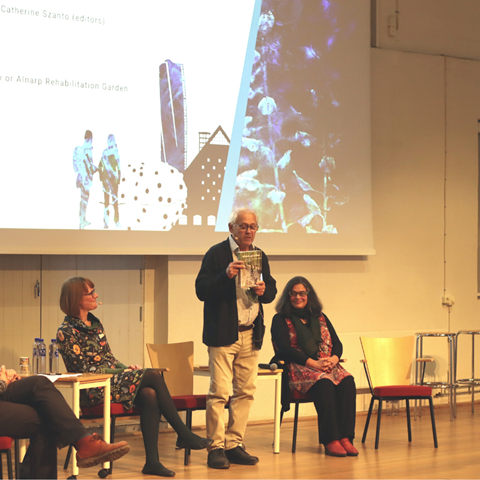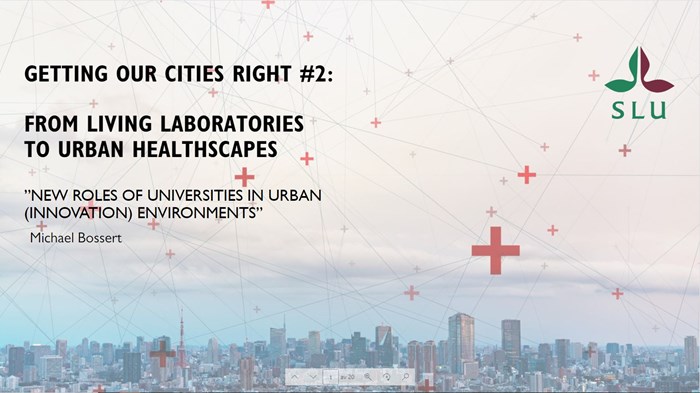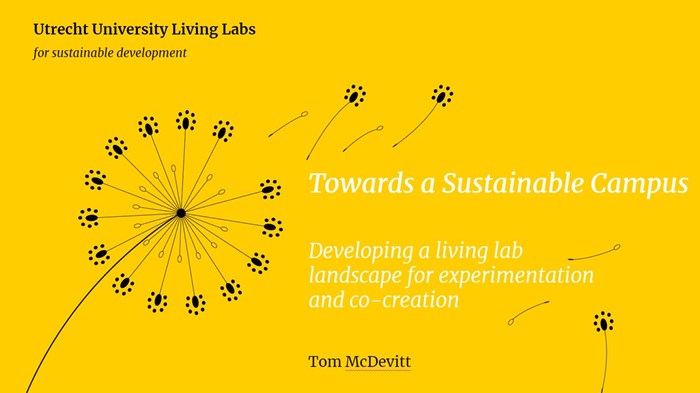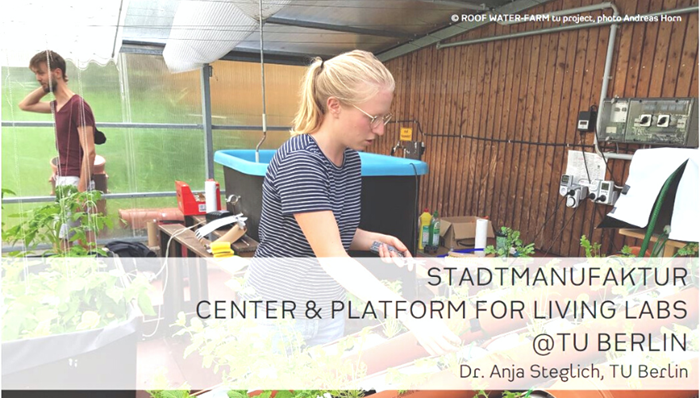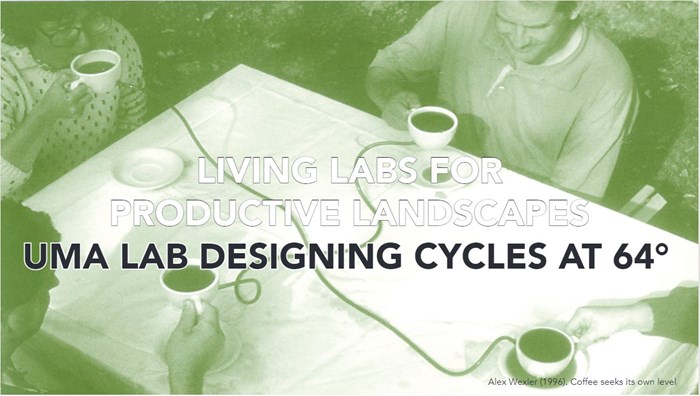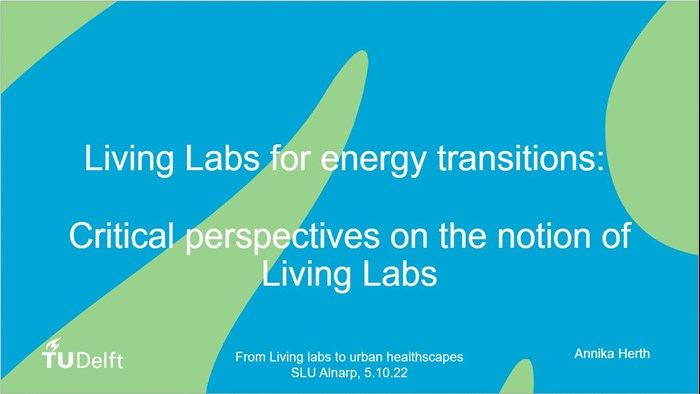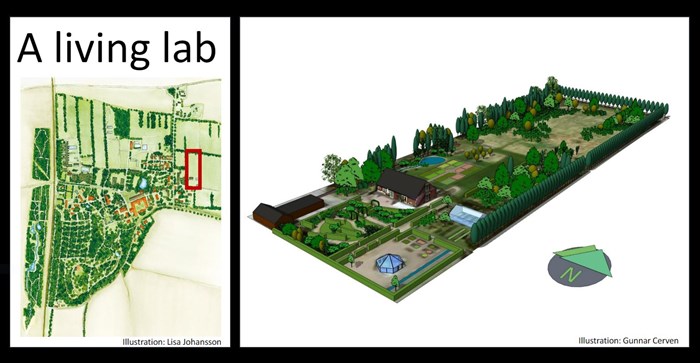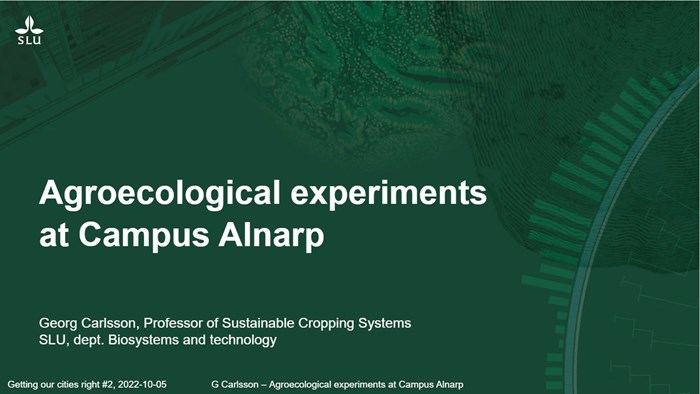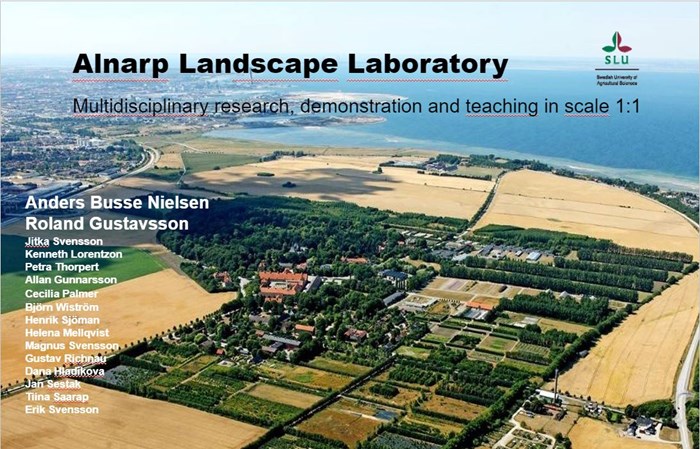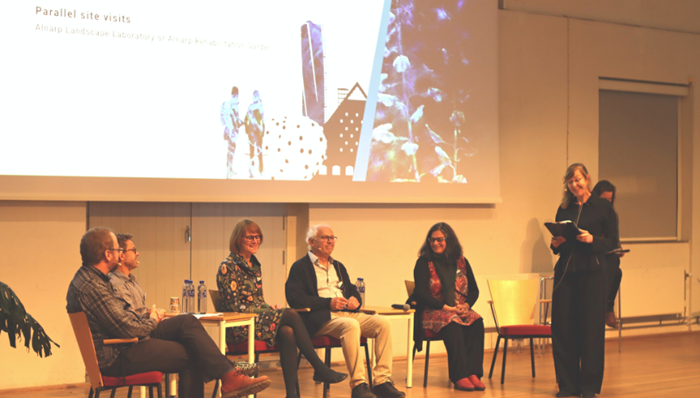First of our keynote speakers was Michael Bossert, scientific research manager of CERC Smart, Sustainable and Resilient Communities and Cities at the Université Concordia, Montréal, Canada. He is co-author of The University Campus as a Living Lab for Sustainability A Practitioner’s Guide and Handbook.
In his presentation New roles of universities in urban (innovation) environments he portrayed highlighted some of the most pressing urban challenges that society faces now and in the future. Cities contribute to almost 80% of the world’s energy consumption and produce more than 60% of the world’s greenhouse emissions, despite only accounting for less than 2% of the surface area of the Earth. This is a fact that further underlines the importance of the over-arching theme of this conference series and the quote by the UN-Habitat’s Executive Director: “The future of our planet depends on getting our cities right”. Universities as key players in the urban setting, therefore, play an important role in this endeavor. In many ways, universities can be seen as a micro-city system. They bring together a diversity of people through education, research and operational activities; and work towards more long-term goals in comparison to other private and public sector actors. Most importantly, universities educate the leaders of the future; and it is, therefore, essential they equip students and professionals with the knowledge and skills to address the complexity of sustainability challenges. All of this suggests that the university campus is a promising and suitable test bed for applying a Living Lab approach, using a transdisciplinary framework in line with the quintuple helix model and a focus on co-creation and collaboration rather than competition.
Michael has practical experience working with a holistic Living Lab approach from HTF Stuttgart in Germany where he showed examples of how they have worked with experiments generated from the Campus hub, e.g. connected to energy consumption and transport/logistics, and also from starting up a similar system at Concordia. They are currently in the process of getting people and initiatives on board and once that has been achieved the next steps include: developing a governance structure, establishing a leadership team, defining a communication strategy, and – most importantly – developing a financial strategy. Michael emphasizes the importance of selling the idea of the campus as a living lab and leading the way by being the first.
A digital version of the book The University Campus as a Living Lab for Sustainability can be found and downloaded here: new_RZ_Living_Lab_handbook_9.5.19.pdf (campusaslivinglab.org)
